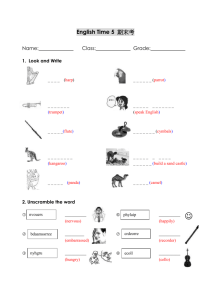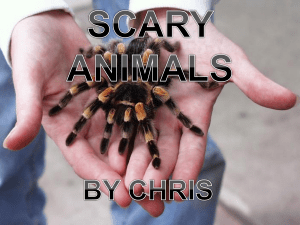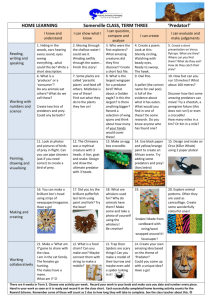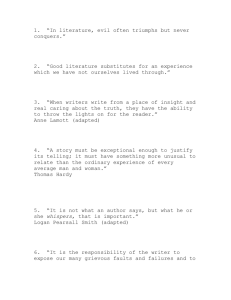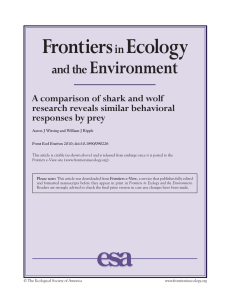Adaptations Webquest
advertisement
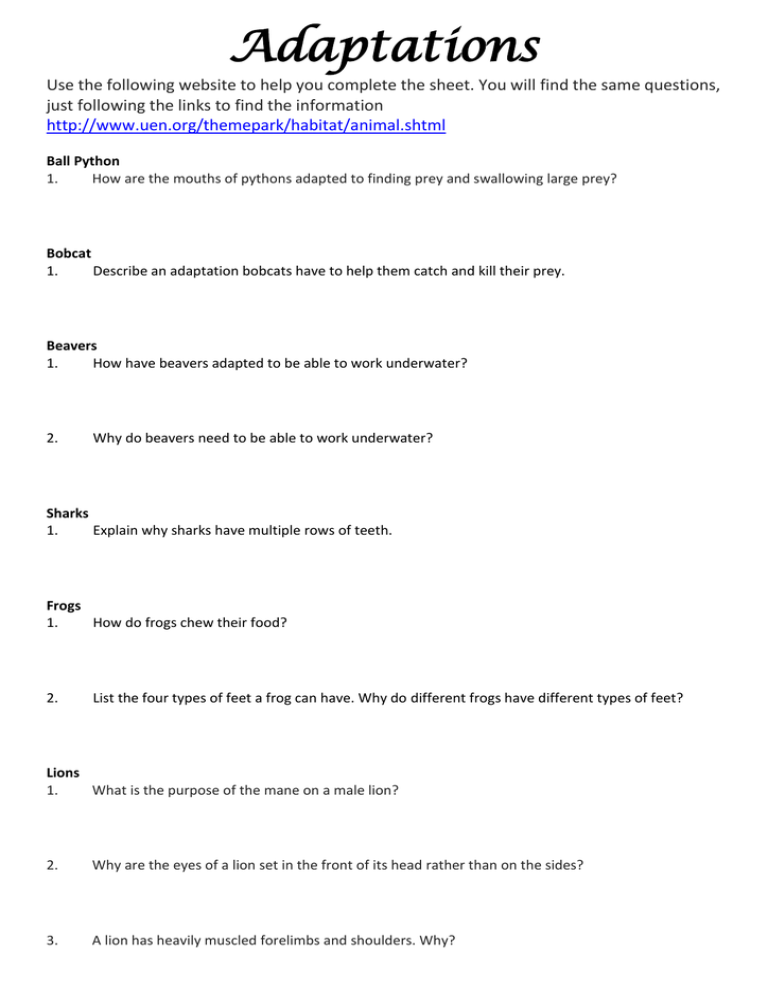
Adaptations Use the following website to help you complete the sheet. You will find the same questions, just following the links to find the information http://www.uen.org/themepark/habitat/animal.shtml Ball Python 1. How are the mouths of pythons adapted to finding prey and swallowing large prey? Bobcat 1. Describe an adaptation bobcats have to help them catch and kill their prey. Beavers 1. How have beavers adapted to be able to work underwater? 2. Why do beavers need to be able to work underwater? Sharks 1. Explain why sharks have multiple rows of teeth. Frogs 1. How do frogs chew their food? 2. List the four types of feet a frog can have. Why do different frogs have different types of feet? Lions 1. What is the purpose of the mane on a male lion? 2. Why are the eyes of a lion set in the front of its head rather than on the sides? 3. A lion has heavily muscled forelimbs and shoulders. Why? 4. Why do they have forepaws equipped with long, retractile claws? 5. Why do they have a rough tongue? 6. Why do they have loose belly skin? Koalas 1. How are the hands of a koala adapted for life in a tree? Rocky Mountain Elk 1. How do the Elk communicate with each other? What type of adaptation is this? Camels 1. Describe the unique characteristics of a camel's body temperature. Spiders 1. Spider webs are sticky to help them catch their prey, why don’t the spiders themselves stick to their webs? Giant Pandas 1. How are the teeth, throat, stomach, and forepaws of giant pandas adapted to what they eat? 2. How is the fur of giant pandas adapted to where they live?
